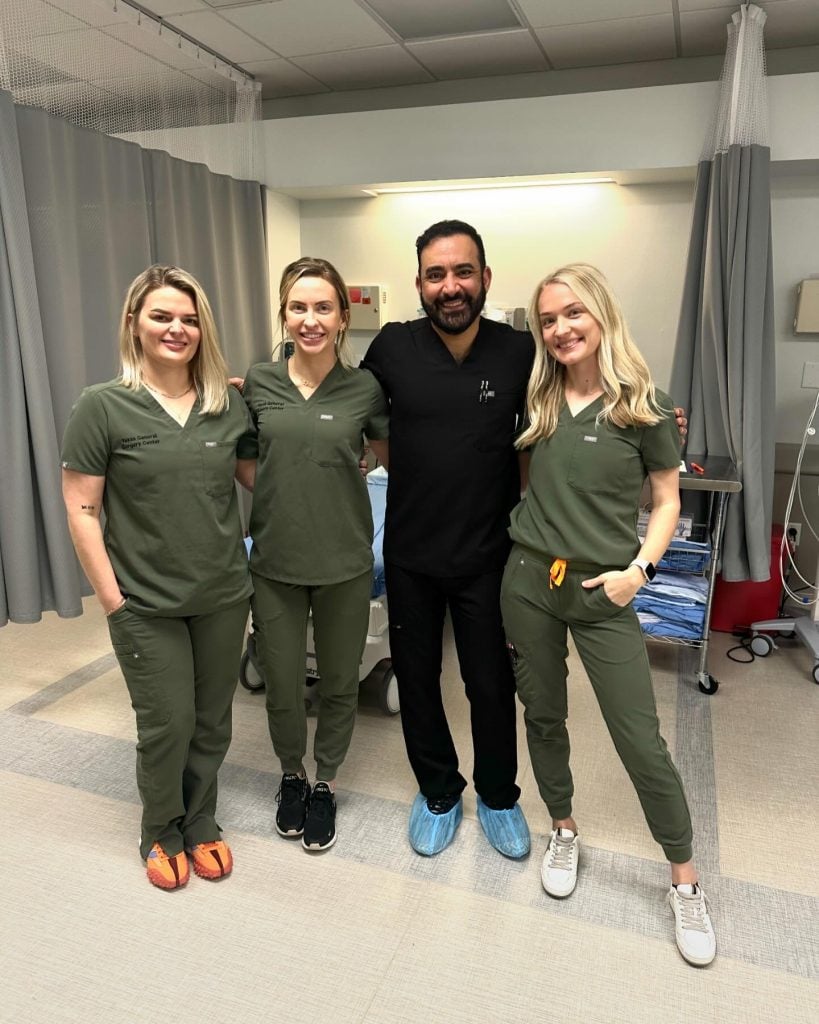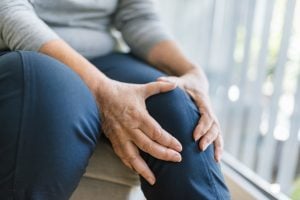Lower back pain when bending over is a common issue that affects people of all ages. Whether you’re tying your shoes, picking something up, or simply leaning forward, that sharp or aching pain can make everyday tasks feel impossible. Fortunately, understanding what’s behind the discomfort can help you find the right relief.
What Causes Lower Back Pain When You Bend Over?
When bending over hurts your lower back, several possible conditions could be at play. These include:
- Lumbar strain: Overstretching or tearing the muscles in your lower back can cause pain, especially with movement. It’s often triggered by lifting heavy objects or sudden movements.
- Herniated disc: Discs act as cushions between your vertebrae. When one slips or bulges, it can press on nearby nerves, causing pain when you bend or sit.
- Muscle spasms: These are involuntary muscle contractions that often feel like tight knots. They’re usually caused by poor posture, overuse, or injury.
- Degenerative disc disease: As we age, the discs in our spine can lose their flexibility and shock-absorbing abilities. This can make bending painful.
- Sciatica or nerve compression: When a nerve in the lower back is pinched, pain can travel down your leg. Bending may worsen the discomfort.
- Facet joint issues: The small joints at the back of the spine can become irritated or inflamed, making bending stiff and painful.
When to See a Specialist
Not all lower back pain needs immediate medical attention, but here are signs it’s time to consult a specialist:
- Pain lasts more than a week
- You feel numbness or tingling in your legs
- Pain gets worse with rest or doesn’t improve with movement
- It’s hard to stand upright or walk comfortably
- The pain affects your daily activities or sleep
Dr. Ghalambor, pain management expert at NorTex Spine & Joint Institute, explains:
“Pain that keeps coming back or worsens with activity like bending forward may point to structural issues like herniated discs or joint inflammation. A specialist can pinpoint the exact cause and offer targeted treatments to prevent long-term damage.”
How Specialists Diagnose the Problem
Your provider may start with a physical exam and ask about your symptoms. Diagnostic tools may include:
- X-rays to view bone structure
- MRI or CT scans to examine discs and nerves
- EMG tests to assess nerve function
- Movement assessments to test range of motion and flexibility
Treatment Options That Work
At NorTex Spine & Joint Institute, we treat the root cause—not just the symptoms. Here are some common solutions we recommend for patients dealing with lower back pain when bending:
- Physical therapy: Targeted exercises to improve strength, posture, and flexibility.
- Medication: Muscle relaxers, anti-inflammatories, or nerve pain relievers as needed.
- Interventional pain management: This includes epidural steroid injections, facet joint blocks, and nerve ablations.
- Chiropractic care: Gentle adjustments can help relieve pressure and restore alignment in cases of lumbar strain.
- Lifestyle guidance: Stretching routines, posture correction, and ergonomic recommendations.
“At NorTex, we take a personalized approach,” says Dr. Ghalambor. “We combine physical therapy, precise diagnostics, and targeted interventions to reduce pain and restore function safely.”
Tips to Relieve Lower Back Pain at Home
While waiting for your appointment or to complement treatment, try the following:
- Apply ice or heat to reduce inflammation and relax muscles
- Avoid heavy lifting or repetitive bending
- Try gentle stretches, like the child’s pose or knee-to-chest stretch
- Wear supportive footwear and avoid prolonged standing
- Use a lumbar support cushion while sitting
Ready to Take the Next Step?
If you can’t bend without pain, don’t wait. You may benefit from expert care tailored to your specific condition.
- Book lower back pain assessment
- Schedule a lumbar pain consultation
- Get a diagnosis for lower back pain
While NorTex Spine & Joint provides specialized care, many reputable clinics offer similar treatments. Always seek multiple opinions before deciding on treatment.
NorTex Spine & Joint Institute proudly serves Fort Worth, Allen, Coppell, and Garland, TX. We’re here to help you move without pain.
Additional Resources:
https://www.mayoclinichealthsystem.org/hometown-health/speaking-of-health/7-common-low-back-pain-faq
https://www.webmd.com/back-pain/what-helps-with-lower-back-pain







